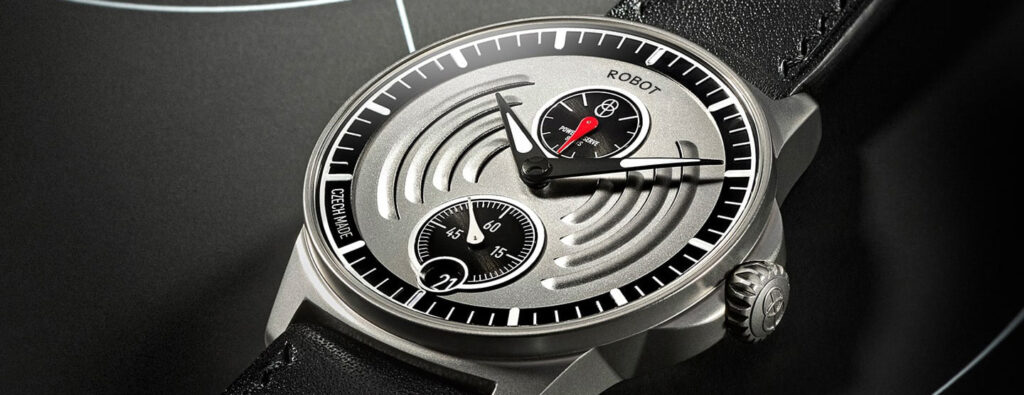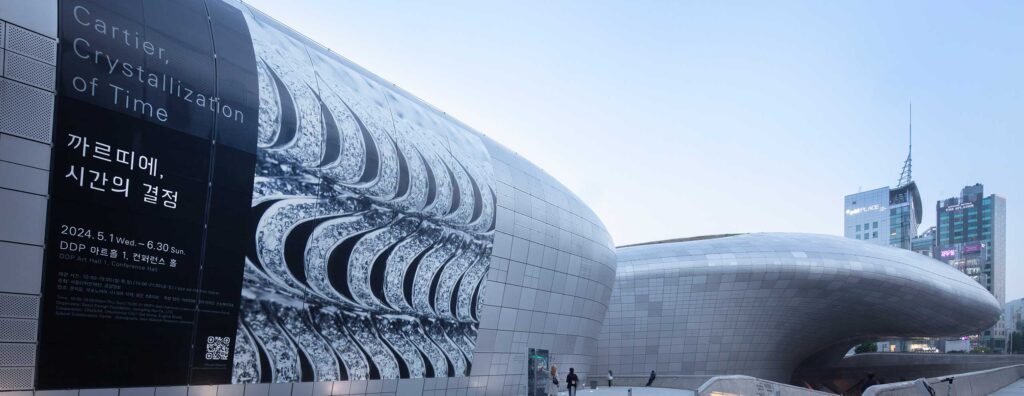News
TAG Heuer Carrera: Stayin’ Alive At 55
News
TAG Heuer Carrera: Stayin’ Alive At 55
A Day at The Museum
Perhaps the best way to appreciate the Carrera, is to visit the company’s museum. It is, as they say, “small but perfectly formed”. The display is in a single large room with the air of a planetarium: dark, with illuminated spots and a clever system of displaying the brand’s history that has the fun element of an attraction at Disney World.
Memories – if you’re an old fart – come flooding back, like the colourful plastic-strapped “economy model” TAG Heuer Formula 1 watches of 1986, which I think were the first to wear the TAG Heuer logo. I recall that they sold for around £100, and had the same funky, mix ’n’ match appeal of the less-expensive Swatches of the day. It’s refreshing to see a spread in assorted colours, recalling a time when TAG Heuer was making entry-level quartz models. And realising how times change.
There are gold commemorative models, prototypes, stopwatches, chronographs from between the two world wars, presentation watches and ultra-rare limited editions to ogle. And whichever model you might favour, be it a Silverstone or Autavia or Monza or Modena, it has its section in the museum.
On The Road
Racing fans know that the collection takes its name from the famous week-long Carrera Panamericana road race held in Mexico during the 1950s, one of the most gruelling competitions in the history of the sport, believed by some drivers to be the most dangerous of them all. The short-lived border-to-border race was fought with sedans and sports cars on open roads in Mexico, a challenge reminiscent of the Mille Miglia and Targa Florio in Italy.
From the outset, the first Heuer Carrera chronograph of 1963 was aimed at drivers, who appreciated it immediately because, for the first time, the ring securing the dial on the case featured a seconds scale. Lucid and easy to read, the watch was an exemplar of ergonomics and clarity. A prominent, ridged crown enabled daily winding by a driver’s gloved hand, the push-buttons were easy to access, and the dial’s minimalism still allowed for clear indices and sub-divisions in the watch’s recessed counters.
Lucky For Some
Which brings us to the TAG Heuer Carrera Heuer 02. To mark the anniversary in style, a single offering would not be enough, so the watch will be available in 13 variants, including combinations of steel, carbon, ceramic or gold cases and case elements, with metal, rubber, leather or ceramic bracelets or straps. Also part of the new Carrera family is a 45mm version with GMT function. The models have a mighty legacy to uphold.










